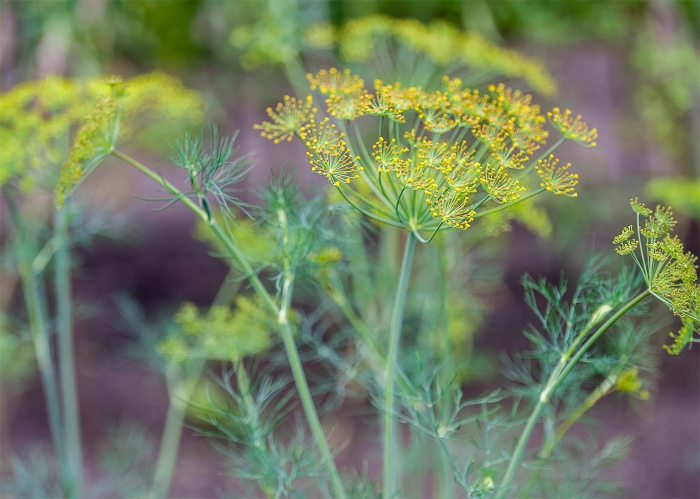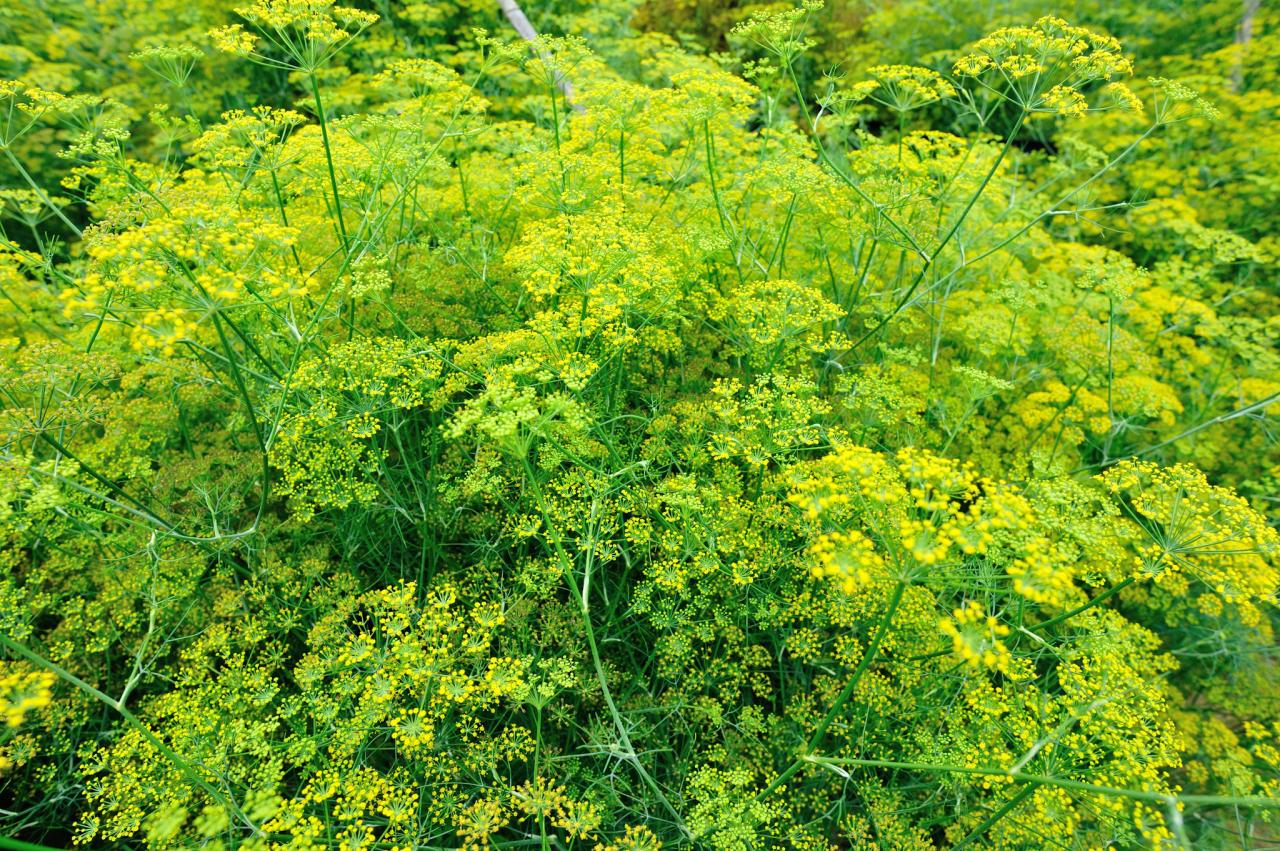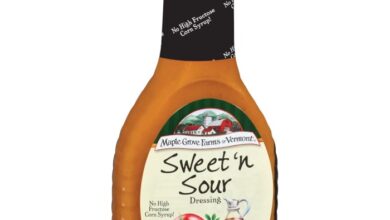
Sweet and Sour Pickled Fennel: A Culinary Adventure
Sweet and sour pickled fennel, a delightful fusion of sweet, sour, and savory flavors, transforms this versatile herb into a culinary treasure. The crisp texture and refreshing taste of pickled fennel add a unique dimension to any dish, making it a favorite among food enthusiasts.
From its humble beginnings as a Mediterranean staple to its current status as a global culinary sensation, fennel has captivated palates for centuries.
This article delves into the fascinating world of sweet and sour pickled fennel, exploring its history, preparation techniques, culinary applications, nutritional benefits, and storage tips. We will uncover the secrets behind creating this flavorful condiment, showcasing its versatility in various cuisines, and highlighting its health benefits.
Join us on this culinary adventure as we unlock the magic of sweet and sour pickled fennel.
Fennel
Fennel, a member of the carrot family, is a versatile herb with a unique flavor profile that adds a touch of sweetness and licorice notes to dishes. Its aromatic leaves, bulbous base, and feathery seeds are all edible and offer diverse culinary uses.
The Different Parts of Fennel Used for Pickling
Fennel’s versatility extends to pickling, where different parts of the plant contribute unique textures and flavors.
- Fennel Bulbs:The bulbous base of the fennel plant is the most commonly used part for pickling. It has a crunchy texture and a sweet, slightly anise-like flavor.
- Fennel Fronds:The feathery leaves of fennel, known as fronds, add a delicate, anise-like flavor and a pleasant aroma to pickled dishes. They are often used in combination with the bulbs.
- Fennel Seeds:The seeds of fennel have a strong, licorice-like flavor that can be used to infuse vinegar for pickling or added directly to the brine.
The Flavor Profile of Fennel
Fennel possesses a distinct flavor profile that combines sweetness, licorice notes, and a subtle hint of bitterness. The bulb has a sweet, slightly anise-like flavor, while the fronds offer a more delicate anise flavor. Fennel seeds, on the other hand, have a strong, licorice-like taste that can be overpowering if used in excess.
Fennel’s History and Cultural Significance
Fennel has a long and rich history, dating back to ancient times. It was used for its medicinal properties and culinary versatility in various cultures around the world.
- Ancient Egypt:Fennel was highly valued in ancient Egypt, where it was used for its medicinal properties and as a flavoring agent in food and beverages.
- Ancient Greece:The ancient Greeks believed that fennel had the power to enhance memory and concentration. They also used it to treat digestive problems and respiratory ailments.
- Ancient Rome:The Romans used fennel as a seasoning in their cuisine and believed it had the power to ward off evil spirits.
Sweet and Sour Pickling Techniques: Sweet And Sour Pickled Fennel
Sweet and sour pickling is a popular method for preserving fennel, enhancing its flavor, and creating a delicious side dish or ingredient for various recipes. This technique involves immersing fennel in a brine solution that combines the sweetness of sugar with the tanginess of vinegar, along with spices that add depth and complexity.
Sweet and Sour Brine Composition
The sweet and sour brine is the heart of this pickling process, responsible for imparting the signature flavor profile. It typically consists of:
- Sugar:Sugar contributes sweetness and helps to balance the acidity of the vinegar. It also acts as a preservative, inhibiting microbial growth.
- Vinegar:Vinegar provides the tangy, sour taste that defines the pickling process. It also acts as a preservative, lowering the pH of the brine and inhibiting bacterial growth.
- Spices:Spices like black peppercorns, mustard seeds, bay leaves, and coriander seeds add depth, complexity, and aromatics to the brine. They enhance the overall flavor of the pickled fennel.
The ratio of sugar, vinegar, and spices can be adjusted to achieve the desired sweetness, sourness, and spice level.
Sweet and sour pickled fennel is a delightful contrast of flavors, perfect for adding a tangy kick to salads or sandwiches. The crunchy texture and anise-like flavor are a unique addition to any dish, reminding me of the delicate crunch of those adorable birds nest breakfast cups I used to make for my kids.
Speaking of crunchy, pickled fennel is also fantastic as a snack on its own, offering a refreshing and satisfying bite.
Pickling Methods, Sweet and sour pickled fennel
There are two main pickling methods: hot and cold pickling.
Sweet and sour pickled fennel is one of those things that I never thought I’d love, but now I can’t get enough of it! The tangy, crunchy texture is so addictive, and it’s the perfect complement to a hearty meal like skillet chili n eggs.
I love how the fennel’s anise flavor cuts through the richness of the chili, and the sweet and sour notes add a layer of complexity that makes the whole dish sing. I think I’ll be making a big batch of pickled fennel this weekend to have on hand for all my chili and egg adventures!
- Hot Pickling:In hot pickling, the brine is brought to a boil before adding the fennel. The heat helps to infuse the fennel with the flavors of the brine and speeds up the pickling process. It also ensures a more consistent texture and prevents spoilage.
- Cold Pickling:In cold pickling, the fennel is submerged in a cold brine. This method is gentler on the fennel and can result in a more delicate texture. However, it takes longer for the flavors to penetrate the fennel and requires careful refrigeration to prevent spoilage.
Step-by-Step Guide for Sweet and Sour Pickled Fennel
- Prepare the Fennel:Trim the fennel bulbs, removing the tough outer layers. Slice the bulbs into thin pieces or wedges, depending on your preference.
- Prepare the Brine:Combine water, sugar, vinegar, and spices in a saucepan. Bring the mixture to a boil over medium heat, stirring until the sugar dissolves. Let the brine cool completely.
- Pack the Fennel:Pack the sliced fennel tightly into sterilized jars, leaving about an inch of headspace at the top.
- Pour the Brine:Pour the cooled brine over the fennel, ensuring that it completely covers the vegetables. Leave about half an inch of headspace at the top of the jar.
- Seal the Jars:Wipe the rims of the jars clean and seal them tightly with lids. For hot pickling, process the jars in a boiling water bath for 10-15 minutes to ensure proper sealing and safety.
- Cool and Store:Let the jars cool completely at room temperature before storing them in a cool, dark place. The pickled fennel will be ready to enjoy in about 2-3 weeks, but it will continue to develop flavor over time.
Culinary Applications of Sweet and Sour Pickled Fennel

Sweet and sour pickled fennel, with its unique combination of crunchy texture, refreshing flavor, and subtle anise notes, offers a delightful culinary experience. This versatile ingredient can elevate dishes from simple salads to gourmet creations.
Sweet and sour pickled fennel is one of those things that’s just so versatile. It can be a bright and crunchy addition to salads, sandwiches, or even pasta dishes. Speaking of pasta dishes, I recently made a delicious penne russo a la vodka that would have been even better with a dollop of pickled fennel on top.
The creamy sauce would have been perfectly balanced by the fennel’s sweet and tangy flavor. Next time I make that dish, I’m definitely adding a side of pickled fennel for a little extra zest!
Uses in Various Cuisines
The versatility of sweet and sour pickled fennel extends across diverse cuisines. It can add a tangy and refreshing touch to Mediterranean dishes, enhance the flavor profile of Asian-inspired meals, and even complement the richness of European cuisine.
- Mediterranean Cuisine:Pickled fennel pairs beautifully with dishes like couscous salads, grilled fish, and roasted vegetables. Its bright acidity balances the richness of olive oil and feta cheese, while its anise notes complement the aromatic herbs commonly used in Mediterranean cooking.
- Asian Cuisine:In Asian cuisine, pickled fennel can be used to add a touch of acidity and crunch to stir-fries, noodle dishes, and sushi. Its flavor complements the umami richness of soy sauce and the sweetness of ginger and garlic.
- European Cuisine:Pickled fennel can be used to add a unique twist to classic European dishes. It can be incorporated into salads with roasted meats, served alongside charcuterie boards, or used as a garnish for creamy soups and stews.
Recipe: Fennel and Citrus Salad with Grilled Shrimp
This recipe showcases the versatility of sweet and sour pickled fennel as a topping, garnish, and ingredient. The combination of crunchy fennel, juicy citrus segments, and succulent grilled shrimp creates a refreshing and flavorful salad.
Ingredients:
- 1 pound peeled and deveined shrimp
- 1/2 cup sweet and sour pickled fennel, chopped
- 1/2 cup grapefruit segments
- 1/4 cup orange segments
- 1/4 cup fresh cilantro, chopped
- 2 tablespoons olive oil
- 1 tablespoon lime juice
- Salt and pepper to taste
Instructions:
- Season the shrimp with salt and pepper. Grill or pan-sear the shrimp until cooked through.
- In a large bowl, combine the pickled fennel, grapefruit segments, orange segments, and cilantro.
- Drizzle with olive oil and lime juice. Toss to coat.
- Add the grilled shrimp to the salad and toss gently to combine.
- Serve immediately.
Nutritional Benefits of Pickled Fennel

Fennel, a flavorful and aromatic herb, is known for its culinary versatility and potential health benefits. While pickling can enhance its flavor and shelf life, it’s important to understand how pickling might affect its nutritional content.
Nutrient Content and Impact of Pickling
Pickling involves submerging food in a brine solution, typically containing vinegar, salt, and sometimes sugar. This process can alter the nutrient profile of the food, potentially affecting its nutritional value.
- Vitamin C:Fennel contains vitamin C, an essential antioxidant. Pickling can lead to some loss of vitamin C due to heat exposure during the pickling process. However, the extent of loss can vary depending on the pickling method and duration.
- Fiber:Fennel is a good source of dietary fiber, which is important for digestive health. Pickling doesn’t significantly impact the fiber content of fennel.
- Minerals:Fennel is a source of minerals like potassium, manganese, and iron. Pickling doesn’t significantly alter the mineral content of fennel.
Potential Health Benefits of Pickled Fennel
Despite potential nutrient losses during pickling, pickled fennel can still offer some health benefits.
- Digestive Health:Fennel, both fresh and pickled, is known for its digestive properties. It contains anethole, a compound that can help relieve bloating, gas, and indigestion. The fiber content in fennel also contributes to digestive regularity.
- Antioxidant Properties:Fennel contains antioxidants, which help protect cells from damage caused by free radicals. Pickled fennel may retain some antioxidant properties, although the levels might be slightly lower than in fresh fennel.
- Anti-Inflammatory Effects:Fennel has been linked to anti-inflammatory effects, which could potentially benefit overall health. Further research is needed to confirm these effects in pickled fennel.
Considerations for Consuming Pickled Foods
While pickled foods can be a flavorful addition to the diet, it’s essential to consider their potential drawbacks.
- High Sodium Content:Pickled foods are often high in sodium due to the salt used in the brine. Individuals with high blood pressure or other health conditions should consume pickled foods in moderation.
- Vinegar Content:Vinegar, a key ingredient in pickling, can be acidic. Consuming large quantities of pickled foods may irritate the stomach or worsen heartburn in some individuals.
- Food Safety:It’s crucial to ensure pickled foods are properly prepared and stored to prevent bacterial growth. Always choose pickled foods from reputable sources and store them appropriately in the refrigerator.
Storage and Preservation of Sweet and Sour Pickled Fennel
Proper storage is crucial to ensure that your sweet and sour pickled fennel remains delicious and safe to eat. This involves selecting the right containers, maintaining optimal temperatures, and taking precautions to prevent contamination.
Storage Techniques for Maintaining Flavor and Texture
The ideal storage conditions for pickled fennel are essential to preserve its flavor and texture over time. Proper storage helps prevent the fennel from becoming soft, mushy, or losing its vibrant color. Here’s a breakdown of the best practices:
- Use Sterilized Jars:Start by sterilizing your jars to eliminate any bacteria that could spoil the fennel. You can achieve this by boiling the jars for 10 minutes in a pot of water.
- Airtight Sealing:Ensure the jars are tightly sealed with lids that create an airtight barrier. This prevents air from entering, which can cause oxidation and affect the fennel’s flavor.
- Refrigeration:Refrigerate your pickled fennel to slow down the growth of bacteria and preserve its freshness. The ideal temperature range is between 35°F and 40°F (1°C to 4°C).
- Darkness:Store the jars in a dark or dimly lit area within the refrigerator. Exposure to light can degrade the color and flavor of the pickled fennel.
Preservation Tips for Long-Lasting Flavor
- Vinegar Strength:The acidity of the vinegar used in the pickling process is crucial for preserving the fennel. Using a higher vinegar concentration (like apple cider vinegar) can extend the shelf life of your pickled fennel.
- Sugar Balance:While sugar adds sweetness, it can also promote microbial growth. Aim for a balance between sweetness and acidity to create a flavorful and safe product.
- Spice Combinations:Spices like mustard seeds, peppercorns, and cloves not only add flavor but also possess natural antibacterial properties that help preserve the pickled fennel.
Visual Representation of Ideal Storage Conditions
Imagine a well-organized refrigerator with a dedicated shelf for your pickled fennel. The jars are neatly arranged, with the labels facing outward for easy identification. The shelf is located in a darker corner of the refrigerator, away from direct light.
The temperature is consistently maintained between 35°F and 40°F (1°C to 4°C), ensuring optimal preservation.




